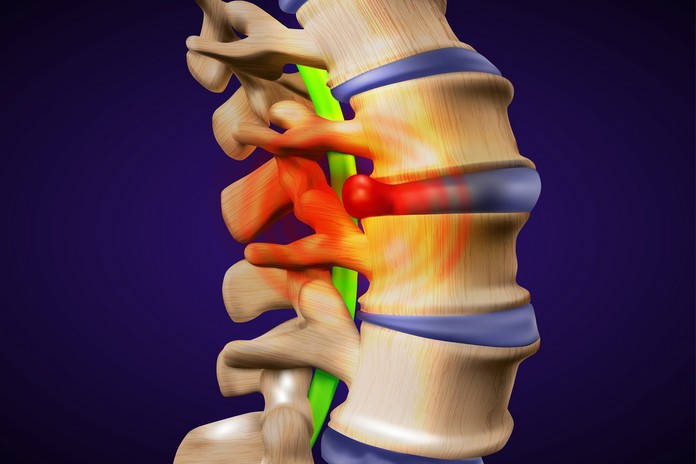Herniated Discs

The intervertebral discs are structures found between one vertebra and the other. They cushion the bony spine structures and increase the available space between them, allowing nerves to emerge undisturbed. But intervertebral discs change as we age and become dehydrated. The jelly-like contents start to change, and the cushion effect reduces. This is called disc degeneration, which is expected as we grow older.
When disc degeneration becomes severe, the intervertebral discs can start bulging out, causing what we know as herniated discs. When this happens, the available space for nerves and other soft tissue is reduced, and patients experience mechanical and nerve-related back pain.
Depending on the structures involved, degenerative disease of the intervertebral discs can feature mechanic pain alone or mechanic and neuropathic pain. The latter results from nerve compression, and severe cases are treated with decompression surgery.
Disc degeneration does not always correlate with the type of pain, and this is perhaps one of the most difficult problems to assess. In some cases, patients with minimal degeneration and no bulging discs experience significant pain. In others, patients with herniated discs do not experience severe pain. Thus, in these cases, the diagnosis of herniated discs is not as important as the symptoms you experience.

